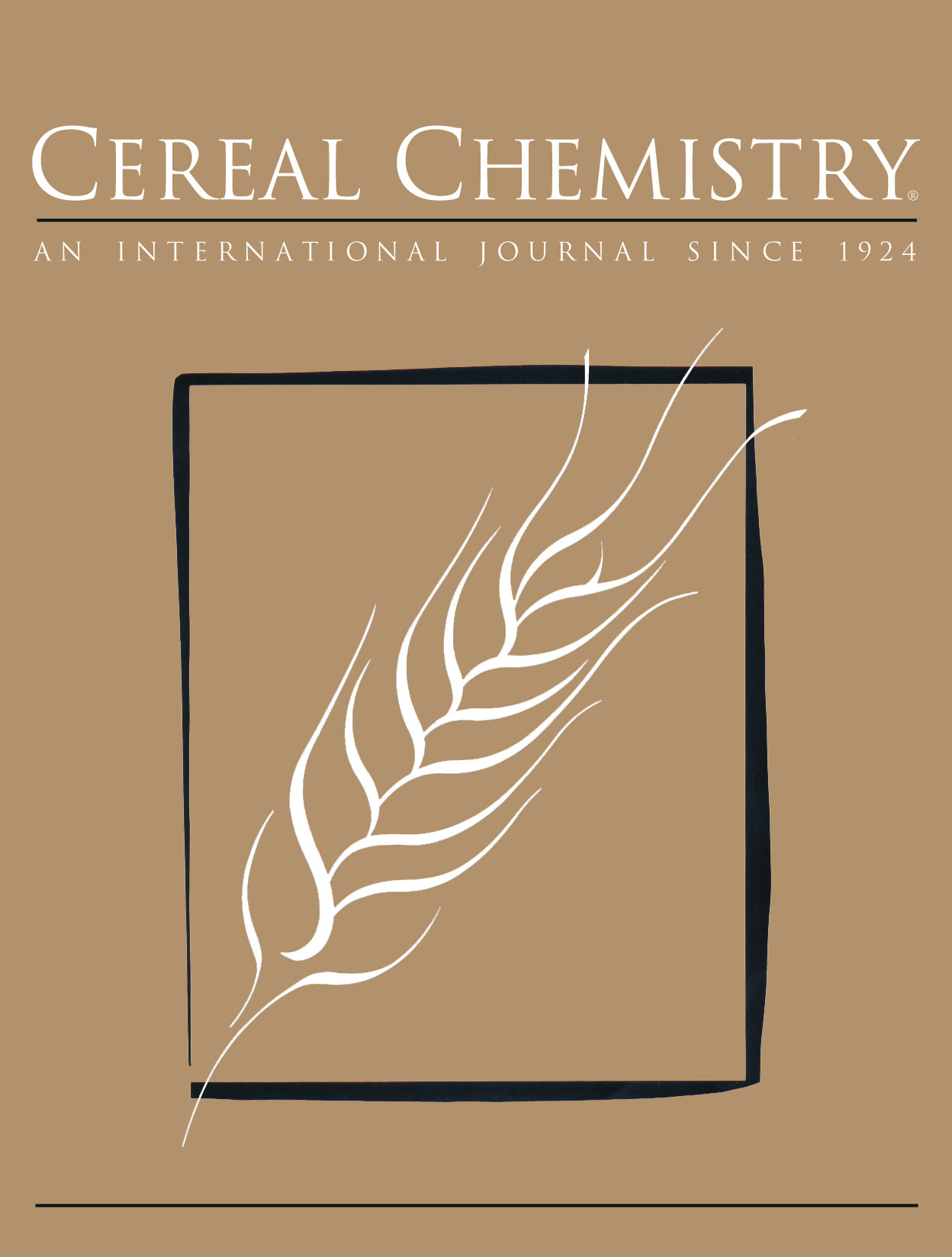Effect of Steeping Conditions (Sulfur Dioxide, Lactic Acid, and Temperature) on Starch Yield, Starch Quality, and Germ Quality from the Intermittent Milling and Dynamic Steeping Process (IMDS) for a Brazilian Corn Hybrid
ABSTRACT
Effect of lactic acid, SO2, temperature, and their interactions were assessed on the dynamic steeping of a Brazilian dent corn (hybrid XL 606) to determine the ideal relationship among these variables to improve the wet-milling process for starch and corn by-products production. A 2×2×3 factorial experimental design was used with SO2 levels of 0.05 and 0.1% (w/v), lactic acid levels of 0 and 0.5% (v/v), and temperatures of 52, 60, and 68°C. Starch yield was used as deciding factor to choose the best treatment. Lactic acid added in the steep solution improved the starch yield by an average of 5.6 percentage points. SO2 was more available to break down the structural protein network at 0.1% than at the 0.05% level. Starch-gluten separation was difficult at 68°C. The lactic acid and SO2 concentrations and steeping temperatures for better starch recovery were 0.5, 0.1, and 52°C, respectively. The Intermittent Milling and Dynamic Steeping (IMDS) process produced, on average, 1.4% more starch than the conventional 36- hr steeping process. Protein in starch, oil content in germ, and germ damage were used as quality factors. Total steep time can be reduced from 36 hr for conventional wet-milling to 8 hr for the IMDS process.




